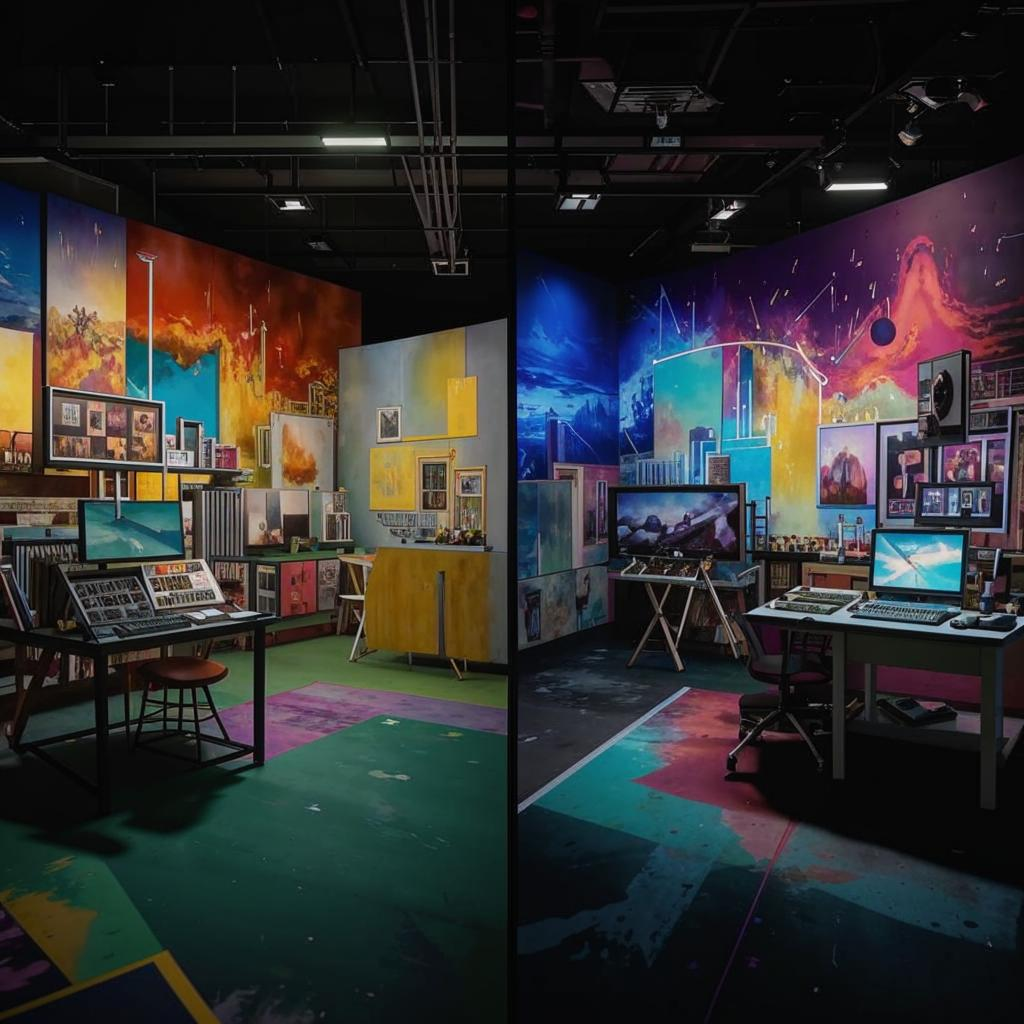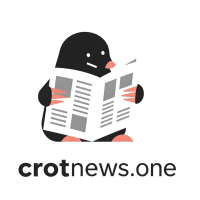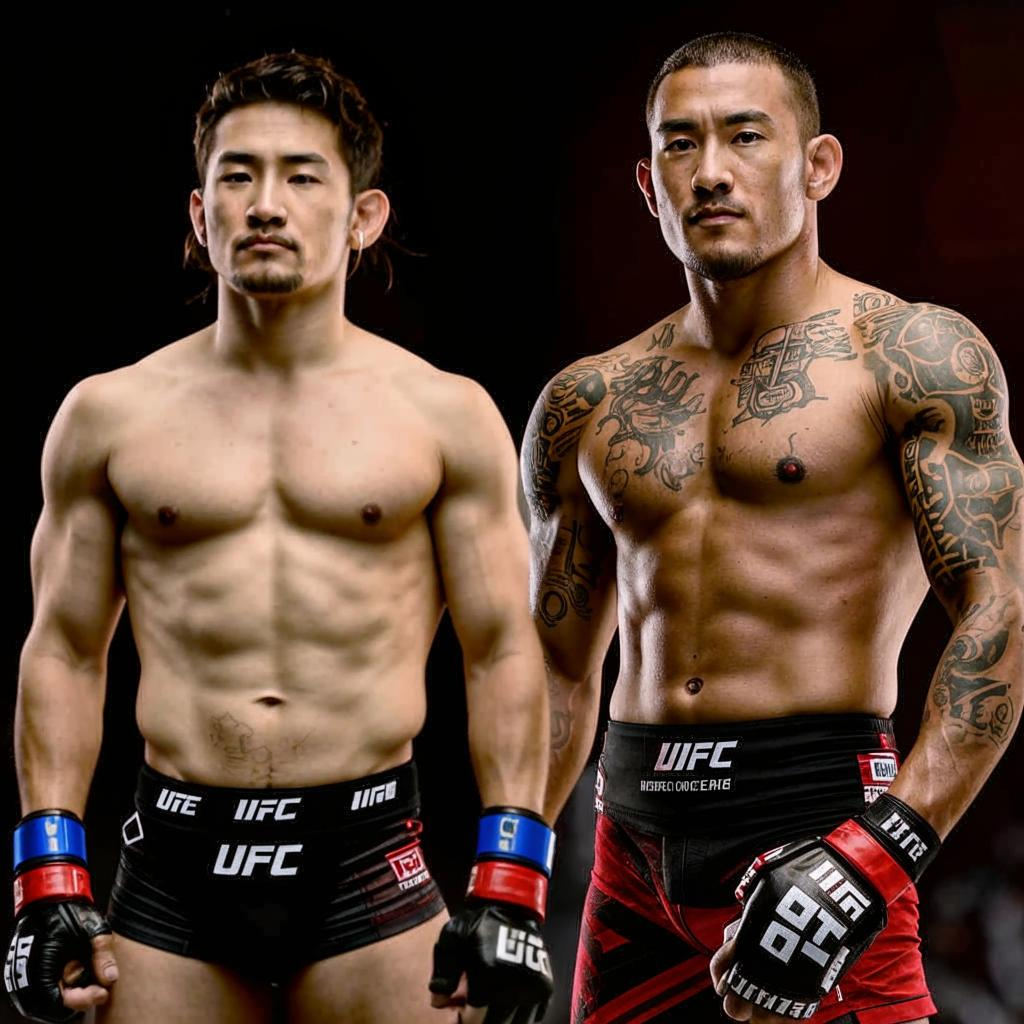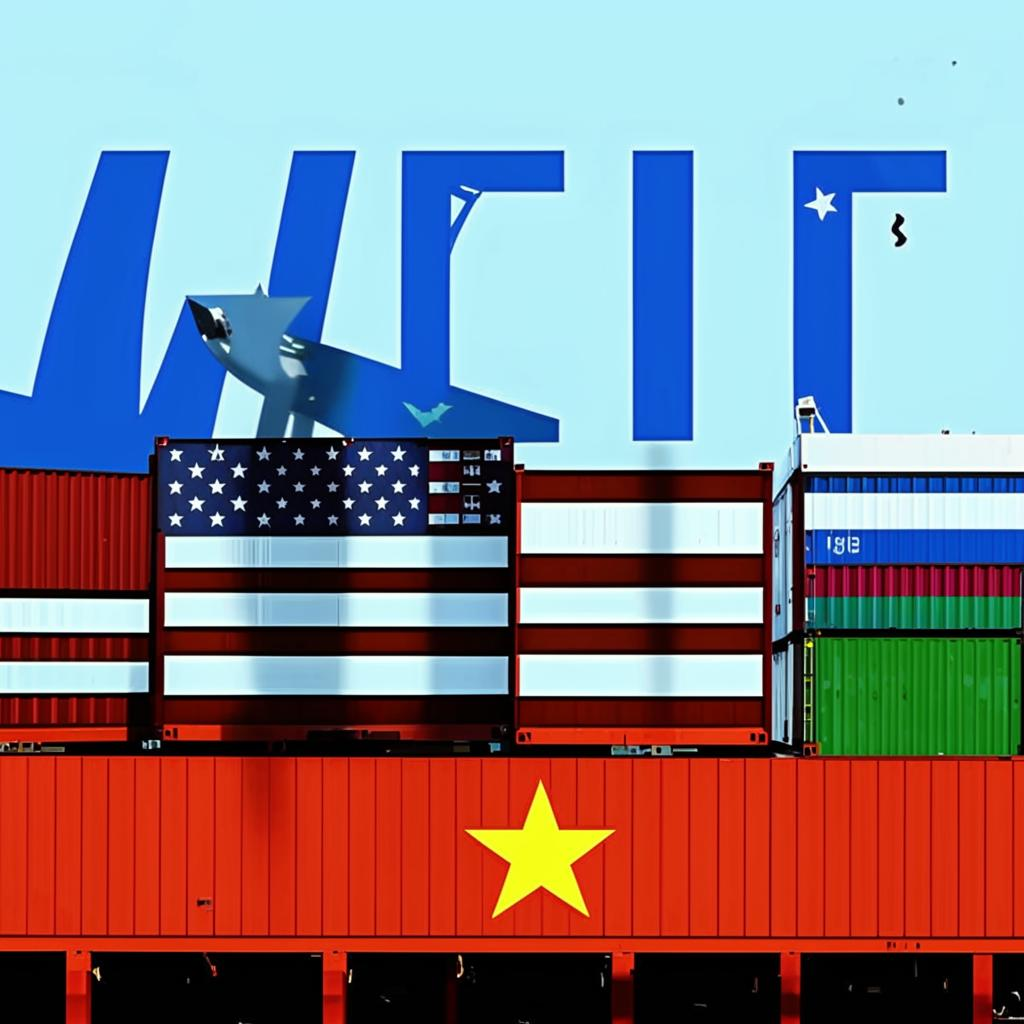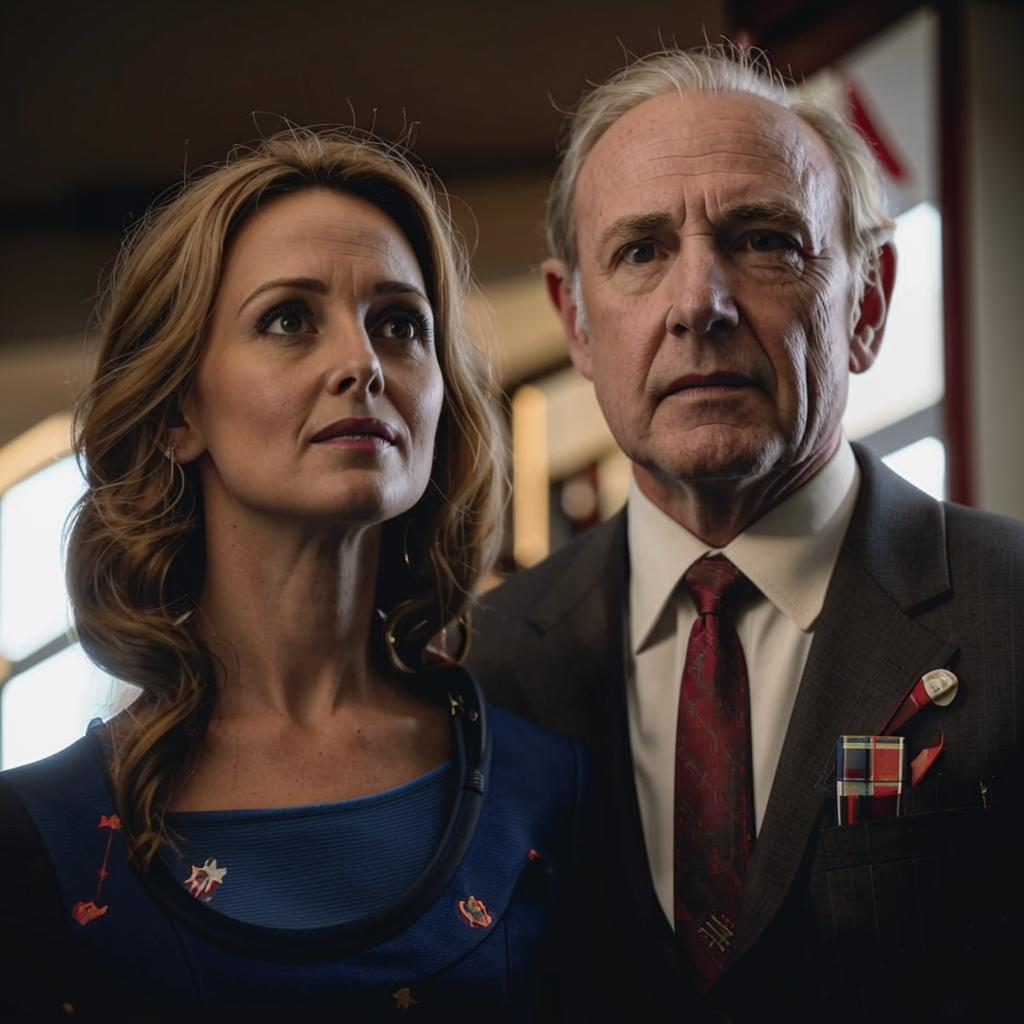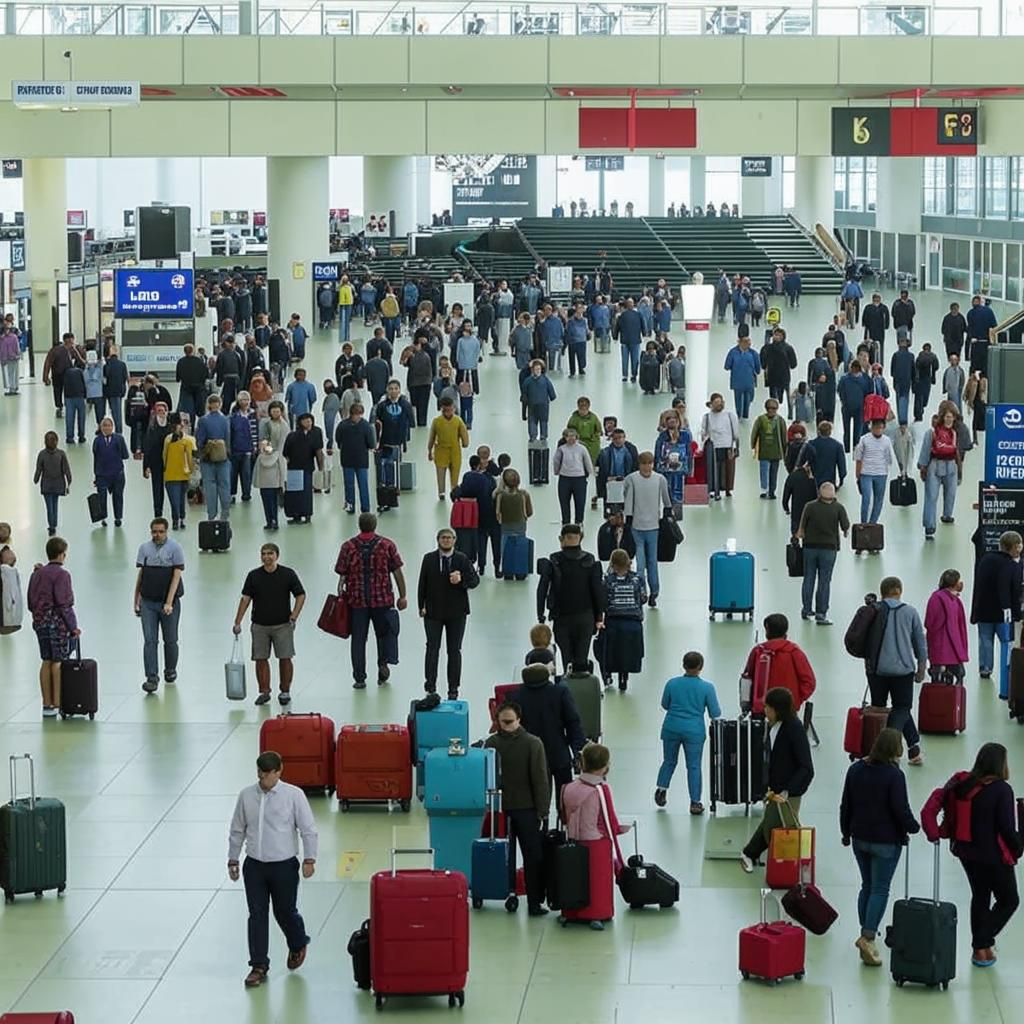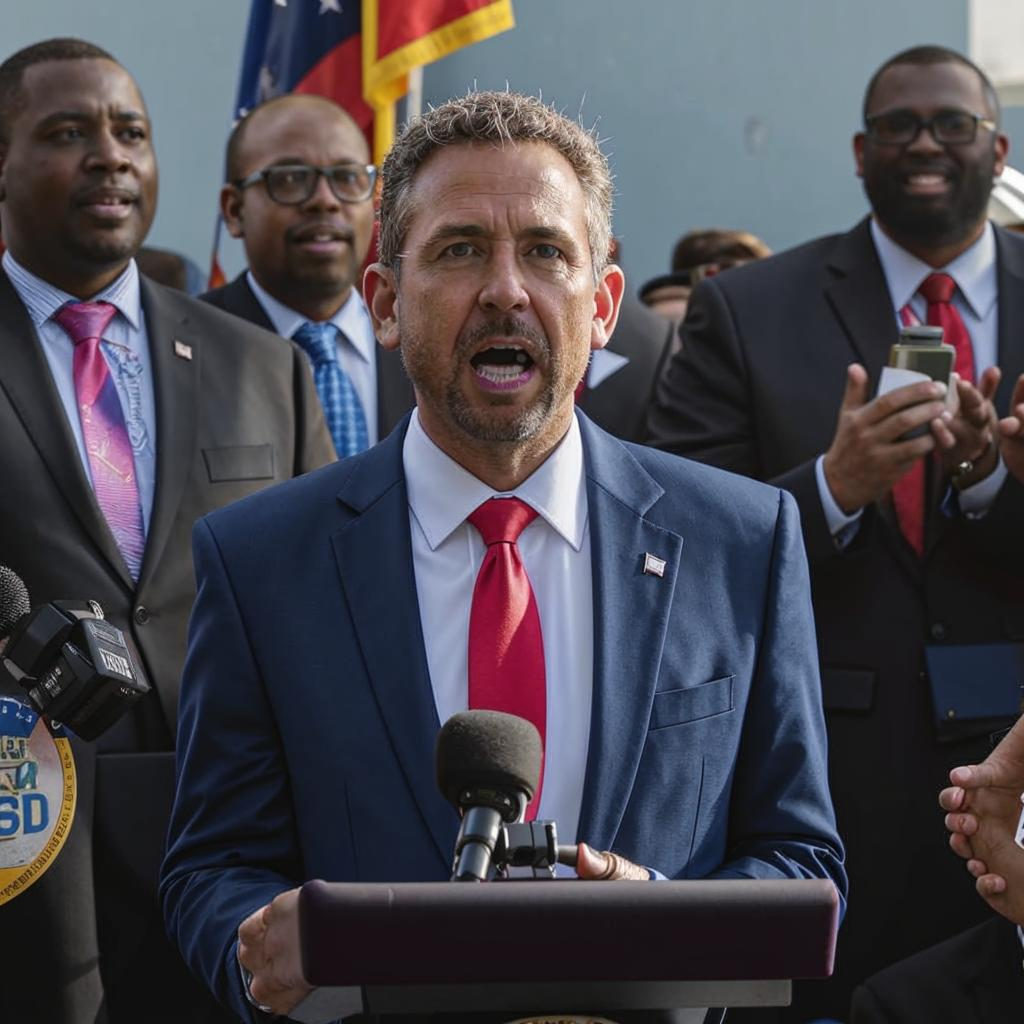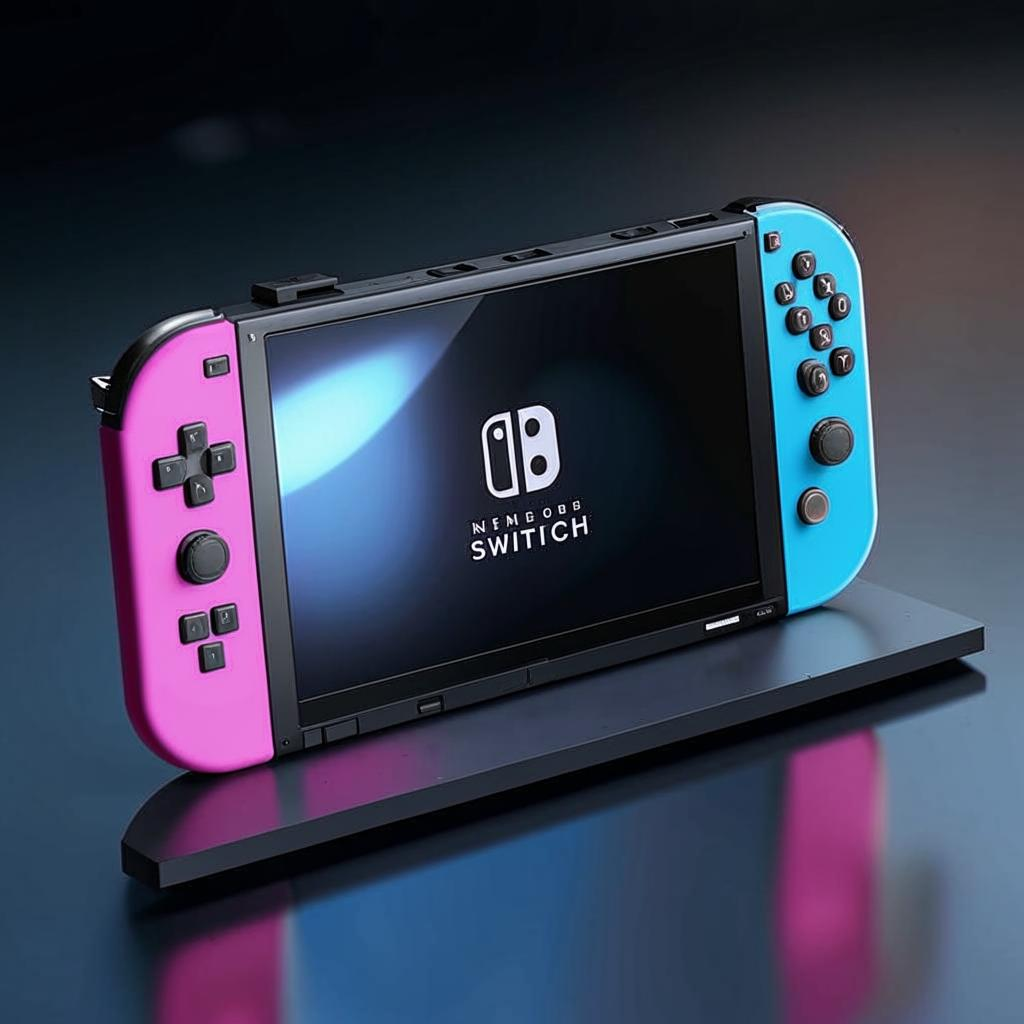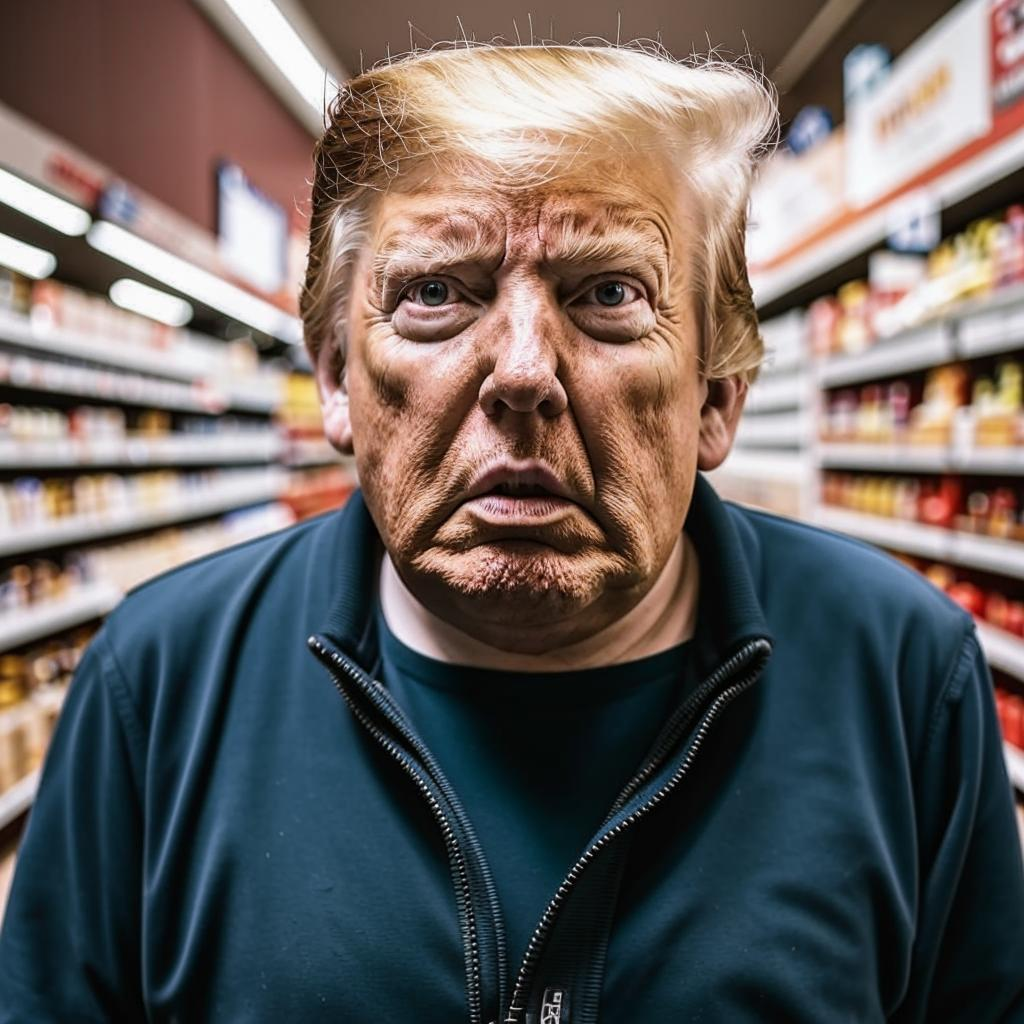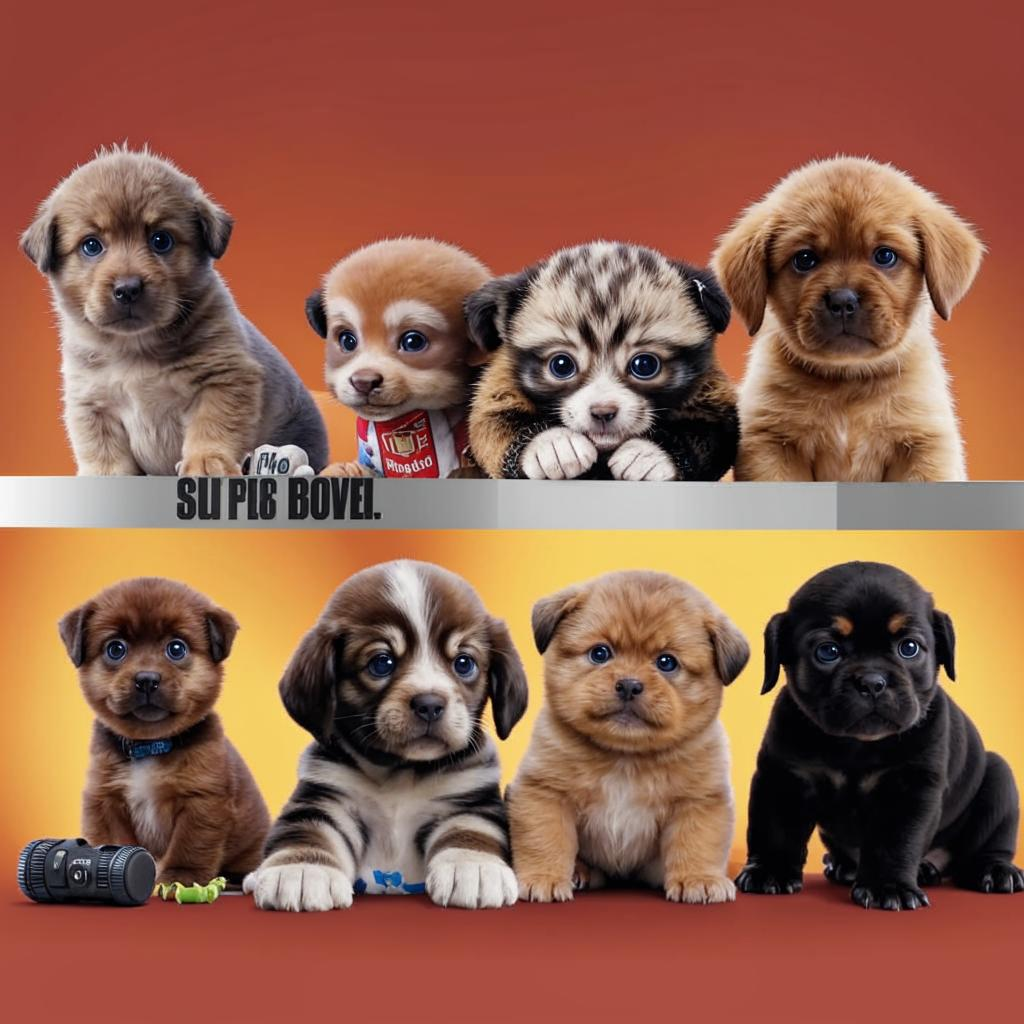AI’s rapid advancement sparks both excitement and anxiety. Previously confined to repetitive tasks, AI now encroaches on creative domains, challenging established notions of artistry and threatening numerous jobs.
The impact is already palpable. AI tools generate text, images, and music with increasing sophistication. Companies leverage these technologies for marketing, content creation, and even product design, often at a fraction of the cost and time compared to human labor. While proponents tout increased efficiency and accessibility, critics raise concerns about job displacement, artistic integrity, and the potential for homogenized, AI-generated content.
The debate centers on what constitutes true creativity. Can AI genuinely innovate, or does it merely remix existing data? Will human artists adapt and collaborate with AI, or will they be rendered obsolete? The answers remain uncertain, but the trajectory suggests a profound shift in the creative landscape. As AI continues to evolve, individuals and industries must grapple with its implications, embracing opportunities while mitigating potential risks to ensure a future where technology and human ingenuity coexist harmoniously. It may become necessary to regulate AI’s growth to ensure the survival of the middle class.
AI is poised to affect the creative labor force significantly. However, the ultimate impact relies on how society chooses to use and govern these tools. Will the future be a dystopian scenario where machines dominate creative tasks, or a collaborative effort of AI and human innovation? The future is still being written.
